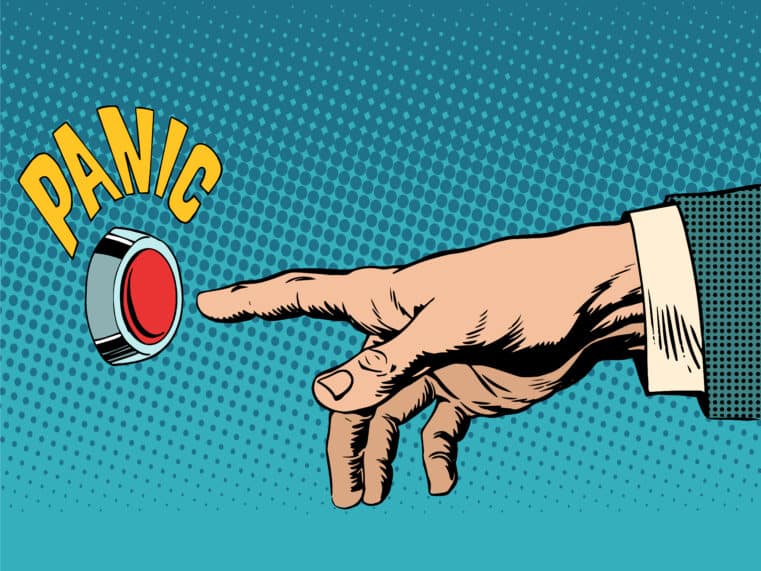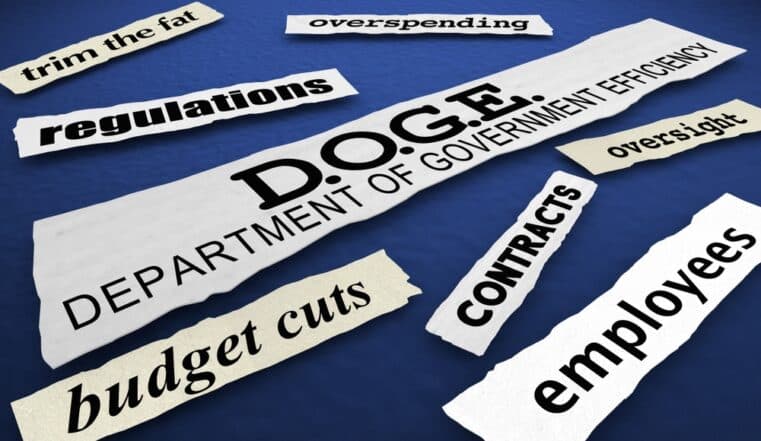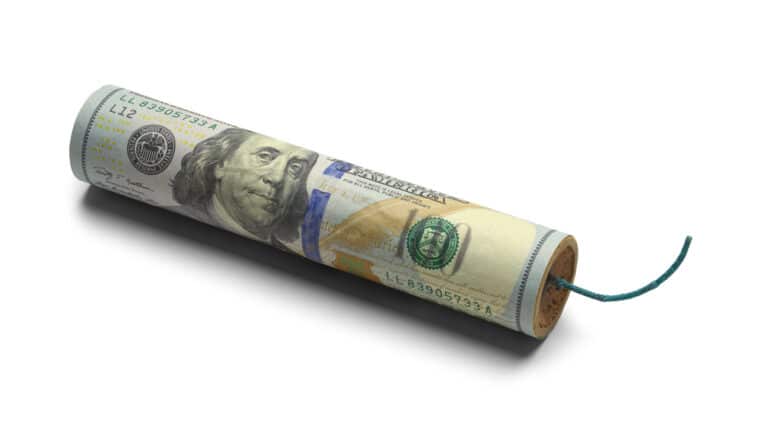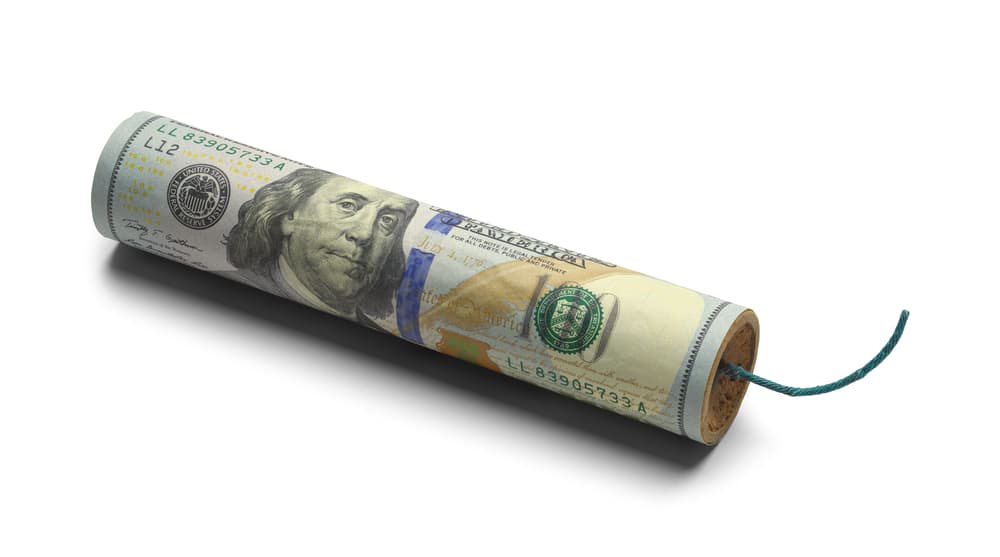
Behind the Myth of Financialization: Exposing the Fed and Washington’s Dirty Secrets
The Financialization Farce: What It Is and Why It’s Misunderstood
Financialization is the supposed bogeyman of our time, a term critics use to paint the financial sector as a villain draining the “real economy” of its lifeblood. But let’s be clear—this isn’t about Wall Street’s pursuit of profit. At its core, financialization should describe the substitution of productive economic activities (like building and innovating) with non-productive ones (like manipulating numbers on a spreadsheet).
Here’s the kicker: the real forces behind this shift aren’t hedge funds or dividends. It’s Uncle Sam’s fiscal irresponsibility and the Federal Reserve’s disastrous monetary policy. Wall Street, for all its flaws, operates within the system the government created. The regulators who demonize financial markets are the same ones handing out cheap money like Halloween candy.
Critics love to bash hedge funds, private equity, and stock buybacks, but they’re missing the forest for the trees. The real culprits? Ballooning government debt and monetary policy that distorts market incentives, pushing capital into unproductive ventures while punishing innovation.
Demonizing the Tools, Ignoring the Builders
Critics point to hedge funds, high-frequency trading, and private equity as symbols of greed, but these are tools, not villains. Let’s talk about high-frequency trading: it’s not an evil algorithmic overlord—it’s a technology that’s driven down trading costs and increased market liquidity. Or private equity, which doesn’t destroy companies but often saves them from collapse, turning them into leaner, more competitive players.
What about stock buybacks? Critics love to claim they siphon money away from workers. Wrong. Buybacks return profits to shareholders, who reinvest them in other productive ventures. If a company fails after a buyback spree, the problem isn’t the buyback—it’s the failed strategy.
And then there’s passive investing, where mutual funds and ETFs supposedly give too much power to asset managers like BlackRock and Vanguard. Sure, there’s room for debate, but that’s a governance issue, not a market failure. The real failure is in government debt—where’s the outrage over the trillions wasted on pork-barrel projects and interest payments?
Class Warfare Disguised as Economic Policy
Here’s the dirty secret: much of the criticism of “financialization” is just class envy dressed up as economic analysis. Critics bemoan profits in finance as if making money is inherently immoral. But let’s not kid ourselves—profits aren’t the enemy. They’re the fuel for innovation and growth.
The left loves to pit workers against capital, but they miss a basic truth: markets thrive when capital and labor work together. The alternative—central planning—is a one-way ticket to stagnation and corruption. You think Wall Street’s bad? Try giving the reins to bureaucrats who couldn’t manage a lemonade stand without running it into the ground.
The Real Culprit: Uncle Sam and the Federal Reserve
If you want to know what’s killing productivity, stop looking at Wall Street and start looking at Washington. Excessive government debt is the elephant in the room. Every dollar the government borrows is a dollar drained from the productive economy. Instead of funding innovation, it props up bloated bureaucracies and endless transfer payments.
Then there’s the Federal Reserve, with its obsession with manipulating interest rates. For over a decade, near-zero rates have encouraged businesses to chase financial engineering over real innovation. Why risk creating something new when you can borrow cheap and pump up your stock price instead?
This is financialization at its core: a system distorted by government policy, not market greed. And the cost? A zombie economy where weak companies limp along on cheap debt, crowding out the dynamic innovators who could actually drive growth.
The False Promise of Policy “Solutions”
Progressives love to trot out their “solutions”: transaction taxes, stricter regulations, higher corporate taxes. These might sound good on paper, but they’re poison in practice. A financial transaction tax? That’s a stealth attack on small investors and retirees. Punishing dividends and buybacks? That just stifles capital formation and leaves companies less flexible in a crisis.
Even worse are proposals to strip away the tax deductibility of debt. Sure, let’s punish companies for investing in growth. While we’re at it, why not hand the entire economy over to China and call it a day?
These so-called solutions aren’t about fixing the economy—they’re about expanding state control at the expense of individual freedom and market efficiency.
The Call to Action
Financialization isn’t the cancer—Washington is. If we want to restore real economic productivity, we need to rein in government spending, curb the Fed’s reckless experiments, and let markets do what they do best: allocate resources efficiently. Stop blaming Wall Street for playing the game Washington rigged and start dismantling the bureaucracy that’s choking the life out of innovation.
Wake up, folks. The system is rigged, but not by who you think. Download “Seven Steps to Protect Yourself from Bank Failure” by Bill Brocius now and take back control of your financial future. Don’t let Uncle Sam and his cronies dictate your destiny.











